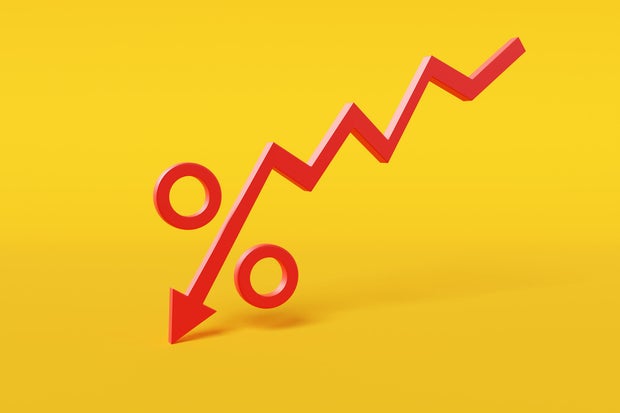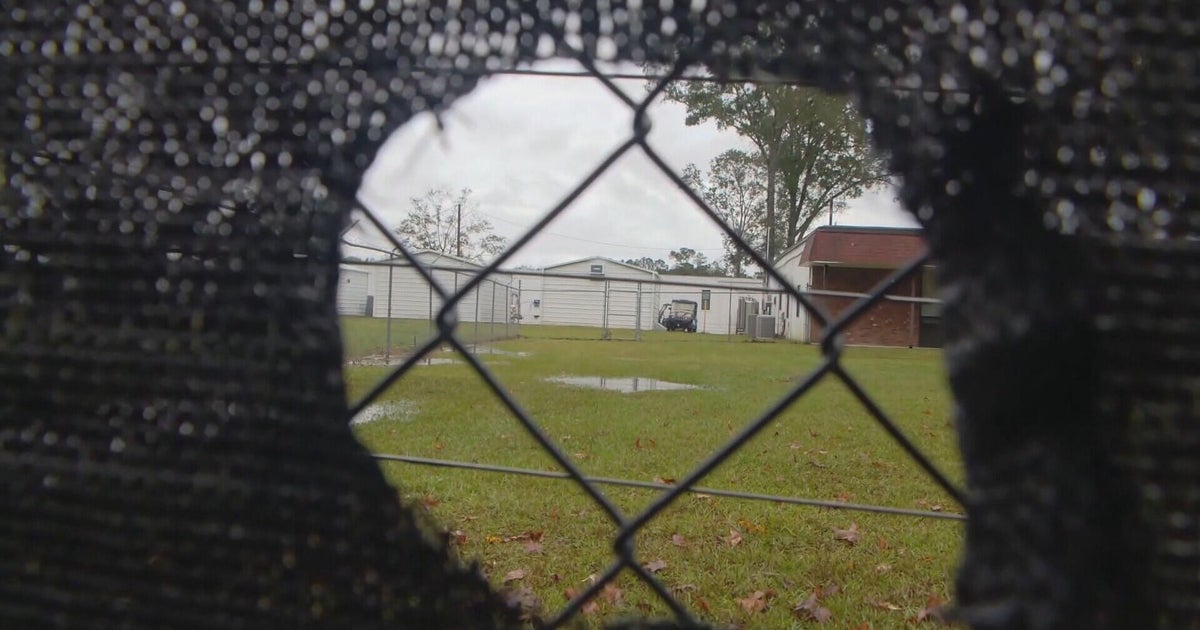 HELOC interest rates are declining and set to fall further this fall.
Dragon Claws/Getty Images
HELOC interest rates are declining and set to fall further this fall.
Dragon Claws/Getty Images
The ramifications of the Federal Reserve's interest rate cut last week are still reverberating throughout the economy and, in particular, the borrowing climate.
The latest evidence came on Thursday after the average interest rate on a home equity line of credit (HELOC) dropped to just 7.88%. That marked a 17 basis point drop in just one week, according to Bankrate.
It also opens up a wide range of borrowing possibilities for homeowners now, especially considering that the average owner has over $300,000 worth of equity to work with. Cumulative home equity levels in the country, meanwhile, just rose to a record $17.8 trillion, an August report detailed. So there's plenty here to utilize while maintaining the 20% equity threshold that many lenders require homeowners to maintain in their homes.
But a plentiful funding source, as critical as it is, isn't the only big reason why it could be worth opening a HELOC this fall. Below, we'll detail three others worth knowing right now.
Start by seeing how much equity you could borrow with a HELOC here.
Why it's worth opening a HELOC this fall
A HELOC can be advantageous for homeowners in multiple circumstances, but especially this fall. Here's why:
It's one of the cheapest ways to borrow money now
Compare the average rates associated with many popular borrowing products right now. A home equity loan is affordable, but it has an average rate of 8.19% now, more than a quarter-point higher than a HELOC. Personal loan rates, meanwhile, are averaging over 12% and credit card interest rates are averaging about 21%. That makes a credit card almost three times more expensive than a HELOC in today's rate climate. So, if you're looking for one of the cheapest ways to borrow money now, you'd be hard-pressed to find a more affordable option than a HELOC.
See how low your current HELOC rates offers are now.
It could become even cheaper in the weeks and months ahead
A HELOC's variable interest rate is well set to exploit additional rate cuts ahead. And that's what many expect, with the CME Group's FedWatch tool, for example, listing the likelihood of rate cuts at the central bank's next two meetings on October 29 and December 10 at 85.5% and 61.7%, respectively. And unlike a home equity loan, which will require borrowers to refinance (and pay refinancing closing costs) to take advantage of a lower rate, the HELOC will simply adjust independently for the homeowner each month. Sure, that's a risk in a hotter rate climate, but that doesn't appear to be the one borrowers find themselves in this fall.
You won't be stuck making big payments (in the beginning)
HELOCs don't require full repayments to be made to start. Instead, borrowers can make interest-only payments during the initial draw period (typically up to 10 years) before full repayments are due. That's a major advantage now because it means you won't be getting stuck with large payments that can be difficult to manage in an uncertain economy with inflation and unemployment both rising again. And, with interest here lower than they've been, making those interest-only payments should be significantly less difficult to do now, versus what they would have been a few years ago.
The bottom line
With HELOC rates already low, set to become lower, and the reality of a more affordable repayment structure when compared to borrowing alternatives, this fall may be the right time for homeowners to act. Just be judicious in your approach and be sure to calculate your costs against a variety of potential (but realistic) rates to better ensure long-term affordability. And remember that your home is collateral in this borrowing exchange, so only use as much as you can afford to repay, regardless of whether you intend to start with interest-only payments or the full amount used.
Matt Richardson is the senior managing editor for the Managing Your Money section for CBSNews.com. He writes and edits content about personal finance ranging from savings to investing to insurance.


















































